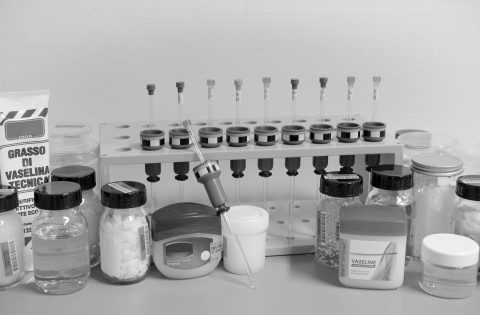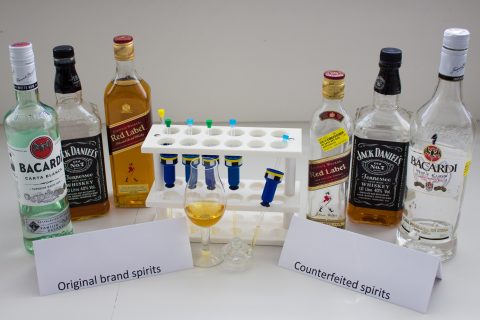Through our new partnership with Plotly, you can now publish interactive figures in our articles and for a limited time you will receive a 50% APC reduction if you include one in your article. Thomas Ingraham introduces this new exciting feature and explains how it can bring your data to life
Technology is being incorporated more and more into our daily lives. Social media platforms allow researchers to easily connect with one another and to simply find citations or resources. Guest blogger, Sarah Kearns, a PhD student at University of Michigan, gives her views on knowledge networking, and explains how it can help researchers compile and share information, as well as to find their way through the mounds of data and resources in order for these conclusions to be made.
A research article published in F1000Research considers how we can improve routine monitoring of mineral hydrocarbons in cosmetics and medicinal products to minimize the potential health risk. Introducing MOSH and MOAH Mineral oils or mineral oil hydrocarbons are rather vague terms to describe some fractions obtained during crude oil refinement. They are usually comprised of a…
We have launched Open Research Central, a new portal through which research in any field can be submitted for formal publication on one of the open research publishing platforms that we provide for funders and institutes. Through Open Research, we will grow a publishing model that truly focuses on serving the needs of authors and their research communities.
It is a human right to access safe, voluntary family planning, but there is an unmet demand for contraceptives, with millions of women either lacking access to information or services, or do not feel they have reproductive control. For World Population Day, we take a look at the recommended research to improve reproductive health and advance contraceptive use.
In June, a DNA analysis of over 200 ancient cat remains from Viking graves, Egyptian mummies and Stone Age Sites, revealed how the cat was domesticated and how it efficiently spread across the globe. This inspired us to paw through our recommended articles on the other findings made about felines based on their genetics. We also include our usual top 3 articles for the month and our Hidden Jewels.
Research published in F1000Research, discusses the public health issues arising from the unregulated trade of alcohol. One of the authors, Dirk Lachenmeier, explains the potential harm to underage drinkers; the hazards due to toxic ingredients such as methanol; and the potential harm of increased drinking volumes due to low prices and high availability on the internet.
Liz Allen recently participated in a workshop hosted by the University of Kent Business School – the subject was whether metrics or peer review are the best tools to support research assessment. In this post, she looks into what peer review actually tells us and how we use expert opinion.
To date, F1000Research has published more than160 software tool articles and we’re looking for more! In publishing the details of your software tool and making it open source you can make a real difference to the research of others. Hollydawn Murrary highlights some recent Software Tool Articles published on F1000Research and announces a new call for papers.
It seems not so long ago that we announced that we would be launching Gates Open Research, and hot on its heels is the latest addition to the family – UCL Child Health Open Research. We are delighted that UCL Great Ormond Street Institute of Child Health, the largest centre of child health research in Europe, have taken this big step in becoming the first institute to launch their own publication platform.
Rebecca Lawrence, our Managing Director, discusses the vital role that research institutions can play, together with research funders, in supporting their researchers in improving the way that the findings of their work are communicated and helping to reduce research waste.














